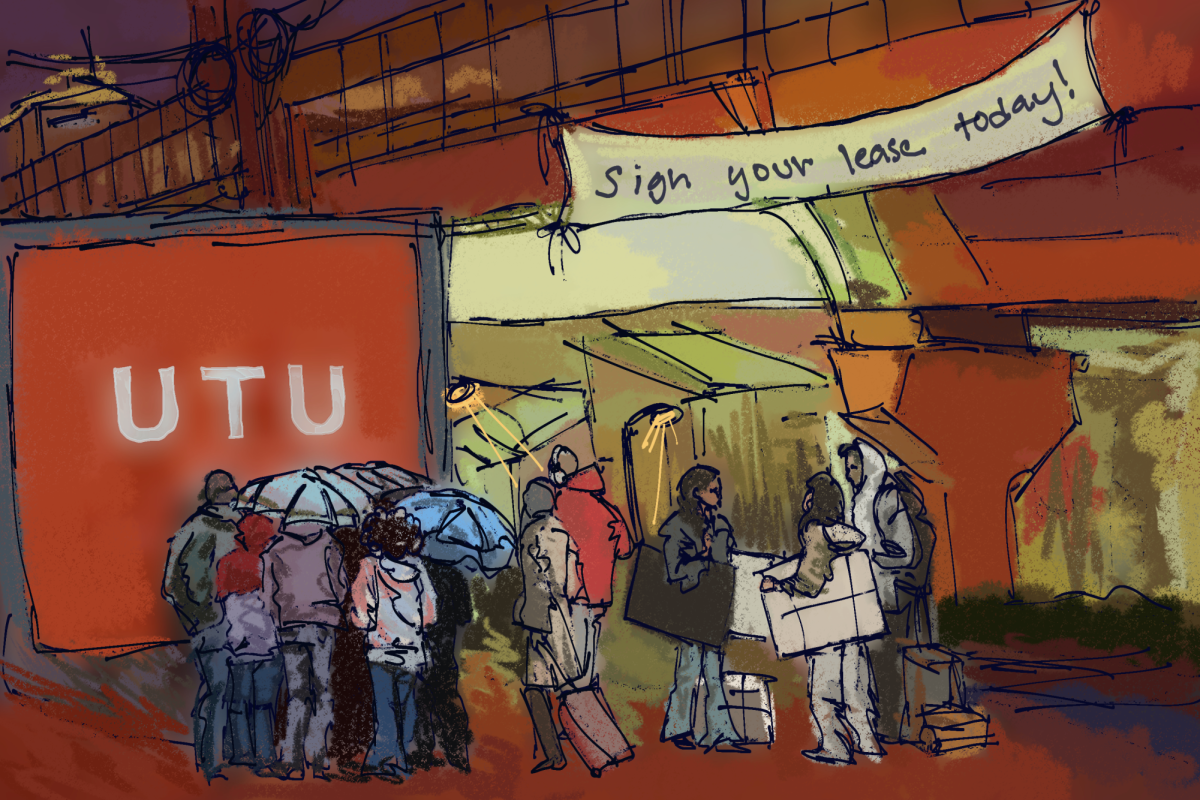Walking down Guadalupe Street, you probably wouldn’t think there’s a shortage of food on campus. There are tons of food trucks, fast food chains and hole-in-the-wall restaurants. Now you can even pick up groceries at Target. But there’s one thing seriously lacking on campus — access to food that is both healthy and affordable.
For most people, food security means having enough food to survive, but it’s more than that. For college students on a budget, the issue isn’t necessarily a lack of food altogether but rather a shortage of low-cost, nutritious food.
Nationally, 48 percent of college students experience food insecurity, and here at UT, the number of students with food-related needs is rising. First-generation students and students of color are disproportionately food insecure.
The University is lacking in practical solutions to food insecurity. The UT Farm Stand offers fresh local produce and educates students about sustainable food choices, but it operates every two weeks. Later this year, Student Emergency Services will open the University’s first food bank, but it won’t include perishable items such as fresh fruits and vegetable.
Other schools have taken an innovative approach by opening student-run grocery stores, subsidized programs that offer wholesome food choices at a low cost. At Cornell, Anabel’s Grocery is working to do just that. Anabel’s offers more than just canned soup and peanut butter — students have access to a range of nutritious food at a price they can afford.
In the tiny town of Cody, Nebraska, where the nearest supermarket is hours away, high school students created Circle C Market. Circle C operates much like Anabel’s — alleviating the struggles faced by food deserts that would otherwise not have access to nutritious options. Both initiatives also offer educational resources to help students learn how to make healthy, sustainable food choices.
Grocery options are particularly limited in West Campus, especially for students who don’t own a car. HEB is just a bus ride away, but hauling shopping bags around on public transit is not practical. Smaller stores like Wheatsville Co-op and Fresh Plus Grocery exist, but many students are priced out of these options, as they tend to offer mostly organic or locally-sourced food — which comes at a premium. Target is the closest source of fresh produce, but choices are limited and more expensive than most supermarkets. That leaves many students malnourished, running on a vending machine and 7-Eleven diet.
Food banks are a great resource for hungry students, but they don’t offer fresh produce or education about making healthy food choices. Student-run grocery stores may be the next big answer to food insecurity.
Lee is a philosophy sophomore from Fort Worth.


















